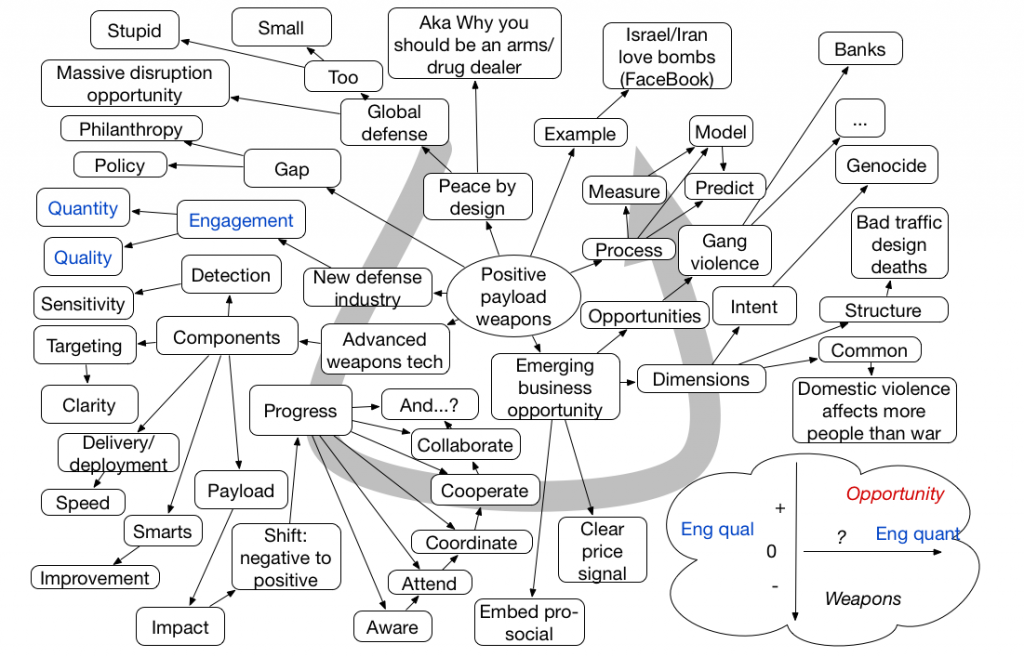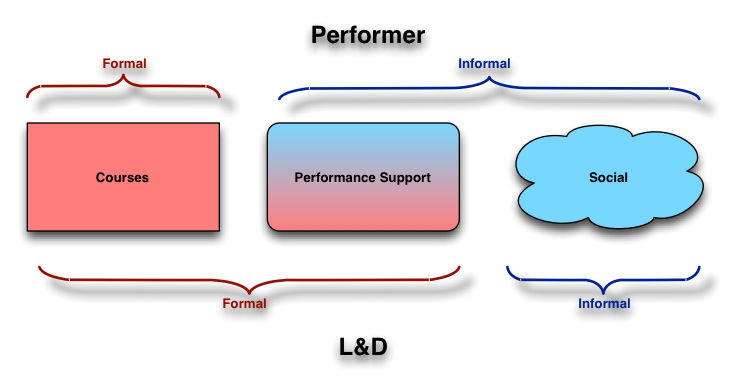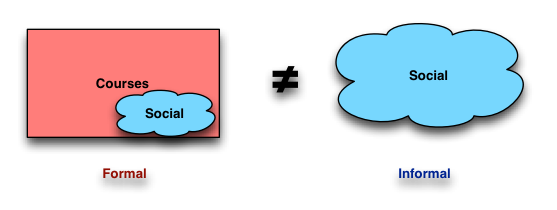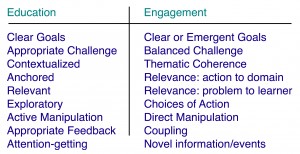Another book on design crossed my radar when I was at a retreat and in the stack of one of the other guests was Julie Dirksen’s book Design for How People Learn and Susan Weinschenk’s 100 Things Every Designer Needs to Know About People. This book provides a nice complement to Julie’s, focusing on straight facts about how we process the world.
Dr. Weinschenk’s book systematically goes through categories of important design considerations:
- How People See
- How People Read
- How People Remember
- How People Think
- How People Focus Their Attention
- What Motivates People
- People Are Social Animals
- How People Feel
- People Make Mistakes
- How People Decide
Under each category are important points, described, buttressed by research, and boiled down into useful guidelines. This includes much of the research I talk about when I discuss deeper Instructional Design, and more. While it’s written for UI designers mostly, it’s extremely relevant to learning design as well. And it’s easy reading and reference, illustrated and to-the-point.
There are some really definitive books that people who design for people need to have read or have to hand. This fits into the latter category as does Dirksen’s book, while Don Norman’s books, e.g. Design of Everyday Things fit into the former. Must knows and must haves.



